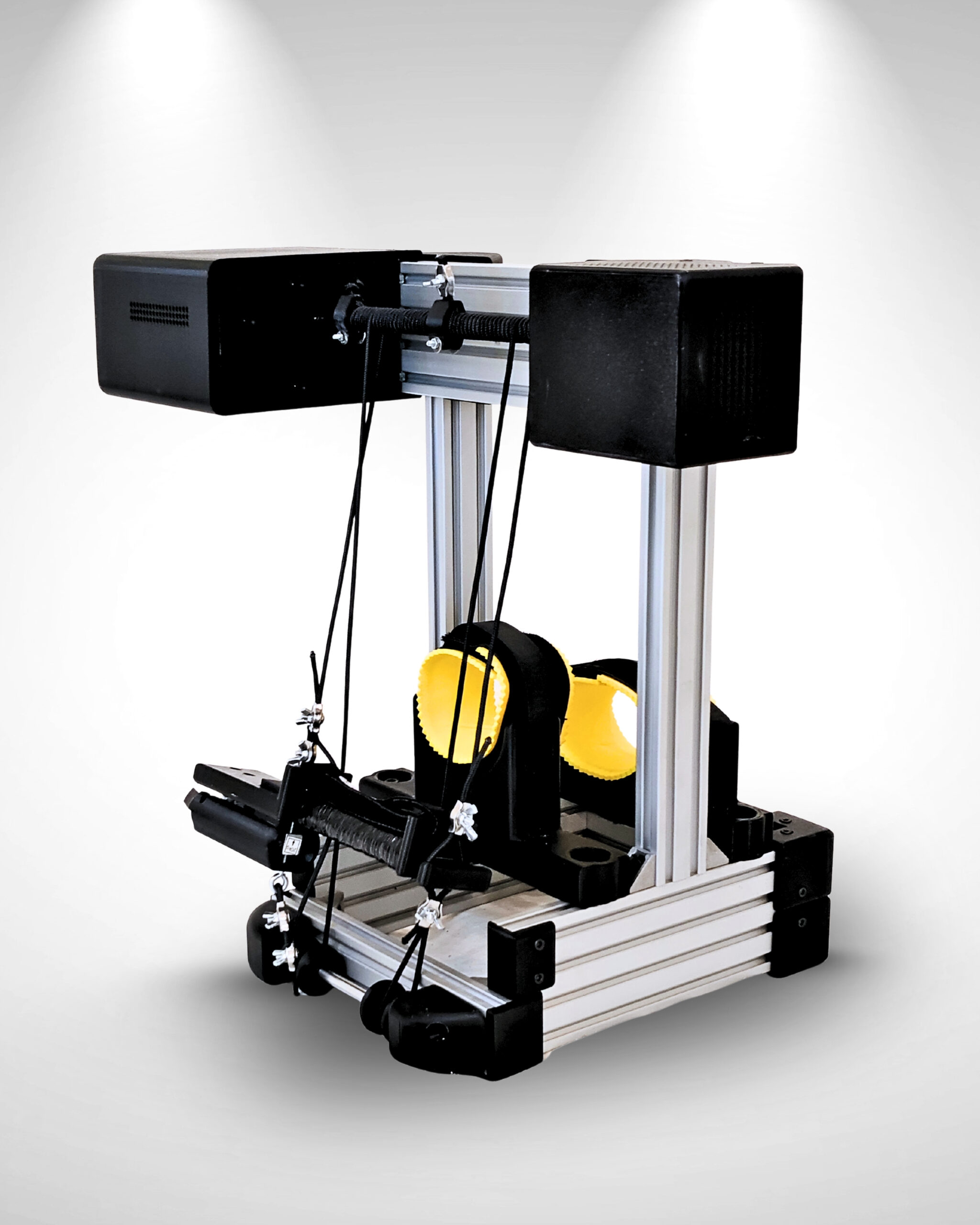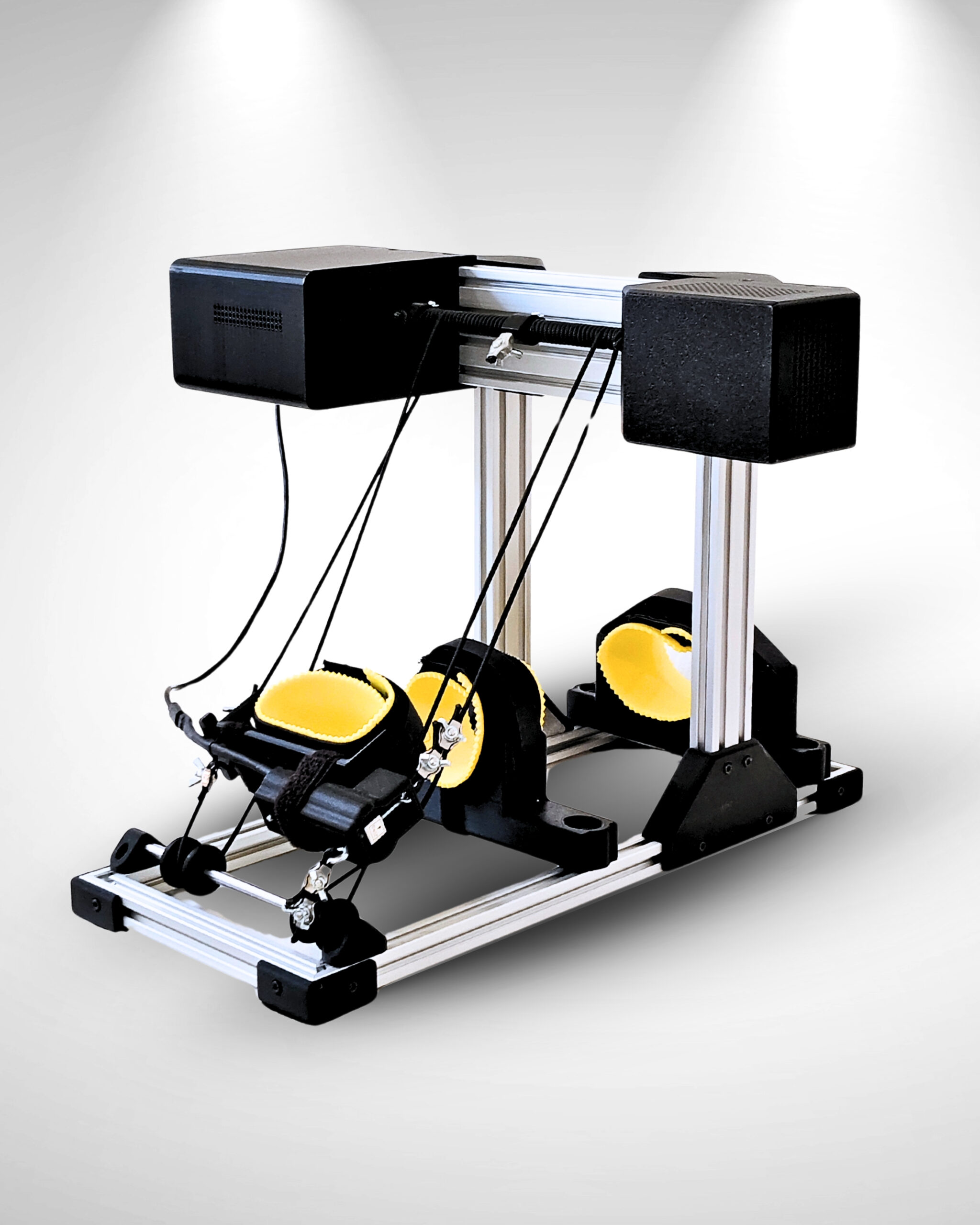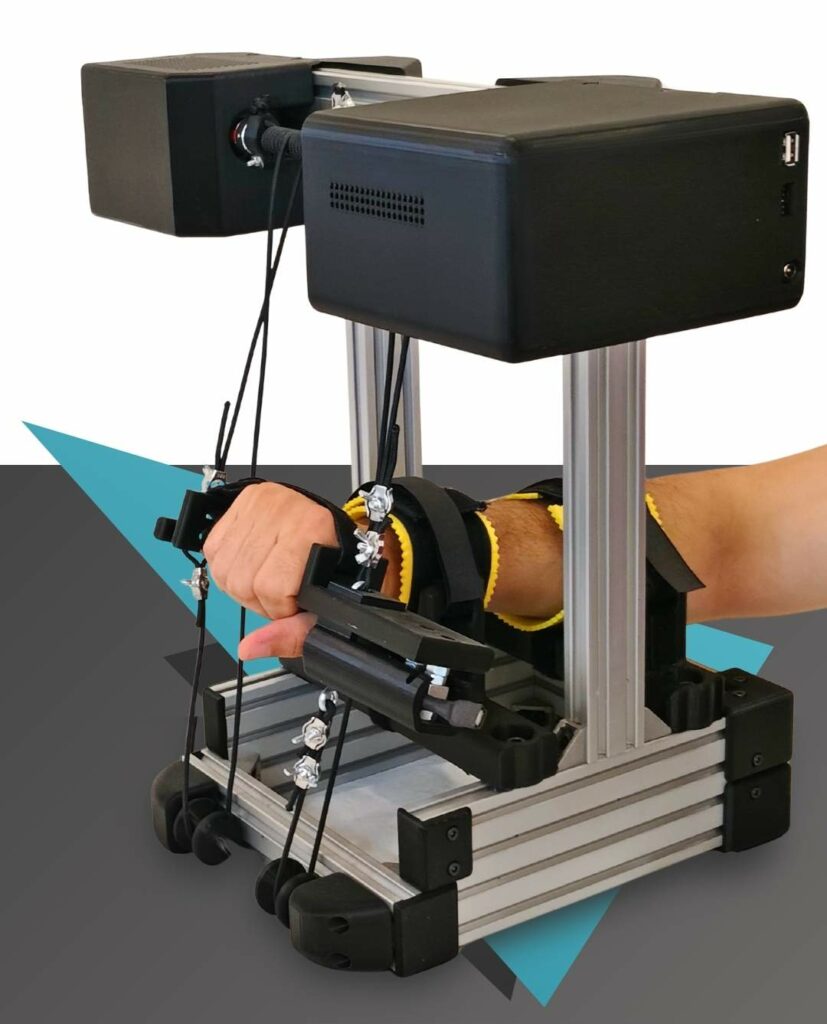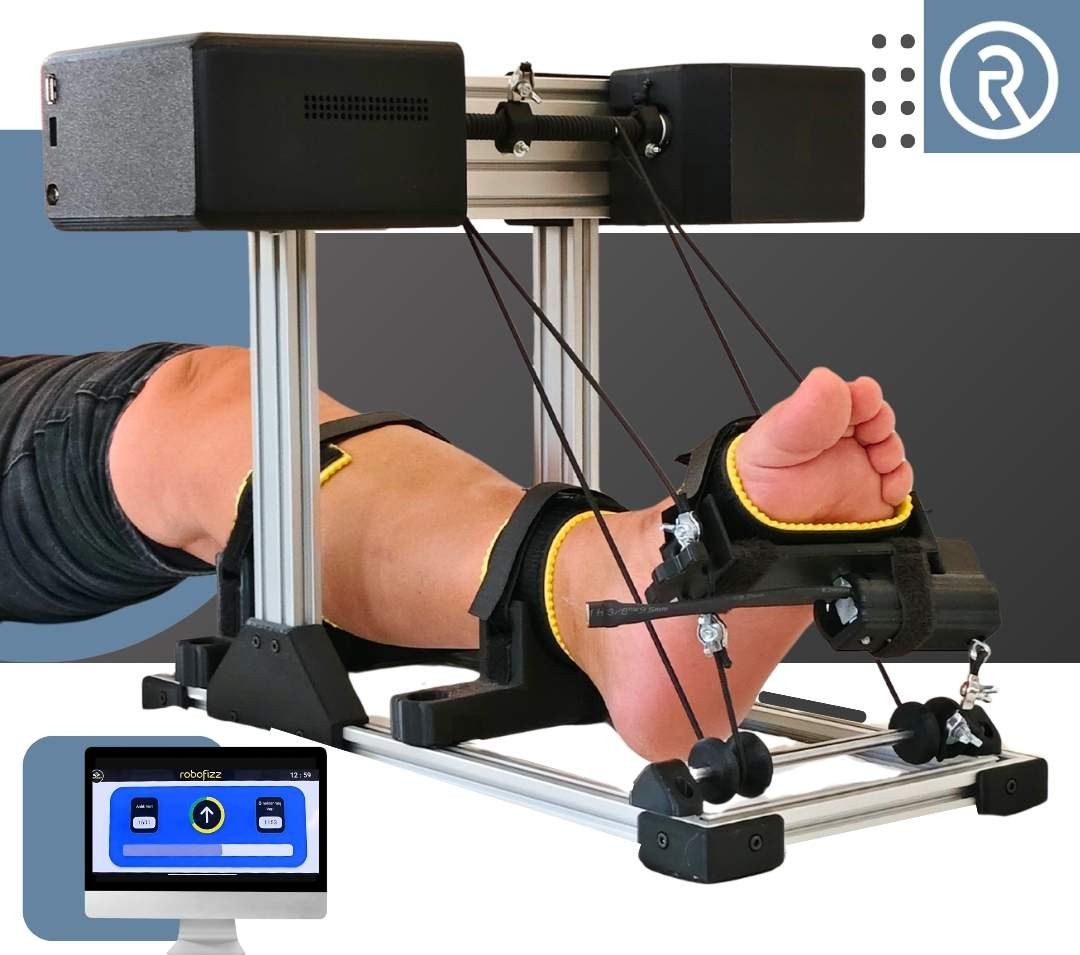Yeni bir başlangıç mümkün!
Daha aktif, daha güçlü, daha özgür
Formu göndererek KVKK Aydınlatma Metni ve Çerez Politikası’nı okuduğunuzu ve kabul ettiğinizi onaylamış olursunuz.

Handfizz, el bileği hareketlerini desteklemek için tasarlanmış akıllı bir egzersiz cihazıdır. Düzenli kullanımda kasları güçlendirmeye, hareket kabiliyetini artırmaya ve günlük aktiviteleri daha konforlu hale getirmeye yardımcı olur.

Legfizz, kalça, diz ve ayak bileğine odaklanan akıllı bir egzersiz cihazıdır. Sporcular, aktif bireyler veya günlük yaşamında daha güçlü adımlar atmak isteyen herkes için tasarlanmıştır.

Footfizz, ayak bileği bölgesine odaklanan akıllı bir egzersiz cihazıdır. Günlük yaşamında daha dengeli, daha güçlü ve daha özgür adımlar atmak isteyenler için geliştirilmiştir.
Bizim için her cihaz sadece bir ürün değil, hareketi kolaylaştıran, yaşam kalitesini yükselten ve insanlara kendi potansiyelini keşfetme fırsatı veren bir yol arkadaşıdır.
Robofizz, teknolojiyi insana yakınlaştırır; çünkü biz geleceğin yalnızca daha akıllı cihazlarla değil, aynı zamanda daha özgür bireylerle mümkün olduğuna inanıyoruz.


Robofizz, spor ve egzersiz dünyasına yenilikçi bir bakış açısı getiren teknoloji firmasıdır. Geliştirdiğimiz akıllı egzersiz cihazlarıyla hareketi daha erişilebilir, daha etkili ve daha keyifli hale getirmeyi hedefliyoruz.
İrem Hanım'ın annesi Ayşe Hanım
Mesut Bey
Kemal Emre Bey
Mustafa Bey
Cihazınızı kullanmaya başladığımızdan beri Selim’in günlük egzersizlerini çok daha rahat ve düzenli şekilde yapabildiğini görüyoruz. Hareket ederken kendini daha güvende hissetmesi hem onu hem bizi motive ediyor. Cihazın yönlendirmeleri sayesinde bacak ve el hareketlerini daha kontrollü kullanmaya başlaması, evde birlikte yaptığımız çalışmaları da olumlu etkiledi.
Uzun süre yatmak zorunda kalan biri için tekrar araç koltuğunda oturabilmesi ve yolculuk yapabilmesi bizim açımızdan büyük bir mutluluk oldu. Bu süreçte Selim’in hareket etmekten aldığı keyfin arttığını görmek bizi çok sevindiriyor.
Cihazdan genel olarak çok memnunuz ve evde egzersizi sürdürülebilir hale getirmesi bizim için gerçekten önemli bir katkı sağladı. Bu nedenle emeği geçen herkese teşekkür ederiz.
Selim Beyin Eşi Nurcan Hanım
Ah Özcan hocam, sizi gerçekten çok seviyoruz. Sizinle yollarımızın kesişmesi bizim için büyük bir şanstı. Çocuğumuzun hareketle ilgili sürecinde bize her zaman destek oldunuz, moral verdiniz ve yol gösterdiniz. Sizin yaklaşımınız sayesinde bu yolculukta kendimizi hiç yalnız hissetmedik.
Dualarımızdasınız; güzel ve başarılı günler görmenizi dileriz. Sağlıkla yaşayın ki, sizin gibi insanların yaptığı çalışmalar bizlere ve aynı süreçten geçen birçok aileye güç vermeye devam etsin. Sevgi ve saygılarımla.
Dilek Hanım
Robofizz, akıllı spor ve egzersiz cihazları geliştirir. Handfizz, Legfizz, Footfizz ve Hipfizz modelleri kas gücünü artırmaya, hareket kabiliyetini geliştirmeye ve günlük egzersizleri desteklemeye yönelik tasarlanmıştır.
Egzersize yeni başlayanlar, düzenli spor yapmak isteyenler, uzun süre masa başında oturanlar ya da günlük aktivitelerinde daha rahat hareket etmek isteyen herkes Robofizz cihazlarından faydalanabilir.
Hayır. Robofizz cihazları spor ve egzersiz ekipmanıdır. Sağlığı destekleyici egzersizlere odaklanır, tıbbi tanı veya tedavi sunmaz.
Handfizz: El ve bilek egzersizleri
Legfizz: Kalça, diz ve bacak egzersizleri
Footfizz: Ayak ve ayak bileği egzersizleri
Hipfizz: Kalça ve basen odaklı egzersizler
Cihazlar pasif, aktif ve biofeedback destekli egzersiz prensipleriyle çalışır. Kullanıcılar mobil uygulama üzerinden seviye ayarlayabilir, süre belirleyebilir ve ilerlemelerini takip edebilir.
Kullanıcılarımız genellikle Robofizz’in egzersiz süreçlerini daha düzenli, daha motive ve daha kontrollü bir hale getirdiğini paylaşıyor.
Robofizz bir tedavi cihazı olmadığı için belirli bir ‘sonuç alma süresi’ sunmaz. Ancak birçok kullanıcı, cihazı düzenli olarak kullandıklarında egzersizlerini daha kontrollü, motive edici ve sürdürülebilir bir rutine dönüştürebildiklerini paylaşıyor.
Hissedilen değişimler tamamen kişinin kendi egzersiz alışkanlığına, çalışma düzenine ve günlük hareket seviyesine bağlıdır. Robofizz’in amacı bir süre vaadi vermek değil; kullanıcıların evde hareket etmeyi daha kolay, daha erişilebilir ve daha keyifli hale getirmesini desteklemektir.
Evet. Ergonomik ve kompakt tasarımları sayesinde evde, ofiste veya farklı ortamlarda kolayca kullanılabilir.
Evet. Tüm cihazlar 12 ay garanti ile sunulur. Ayrıca satış sonrası destek ekibi cihazla ilgili her türlü sorunda yardımcı olur.
Resmi web sitemizdeki formu doldurarak veya iletişim kanallarımızdan bize ulaşarak detaylı bilgi alabilir, demo talebi oluşturabilir ve cihazları sipariş edebilirsiniz.
Kartaltepe Mah. Sayfiye Sok.
No:8 D:2
Bakırköy, Istanbul,
Türkiye
+90 530 608 35 93
info.robofizz@gmail.com